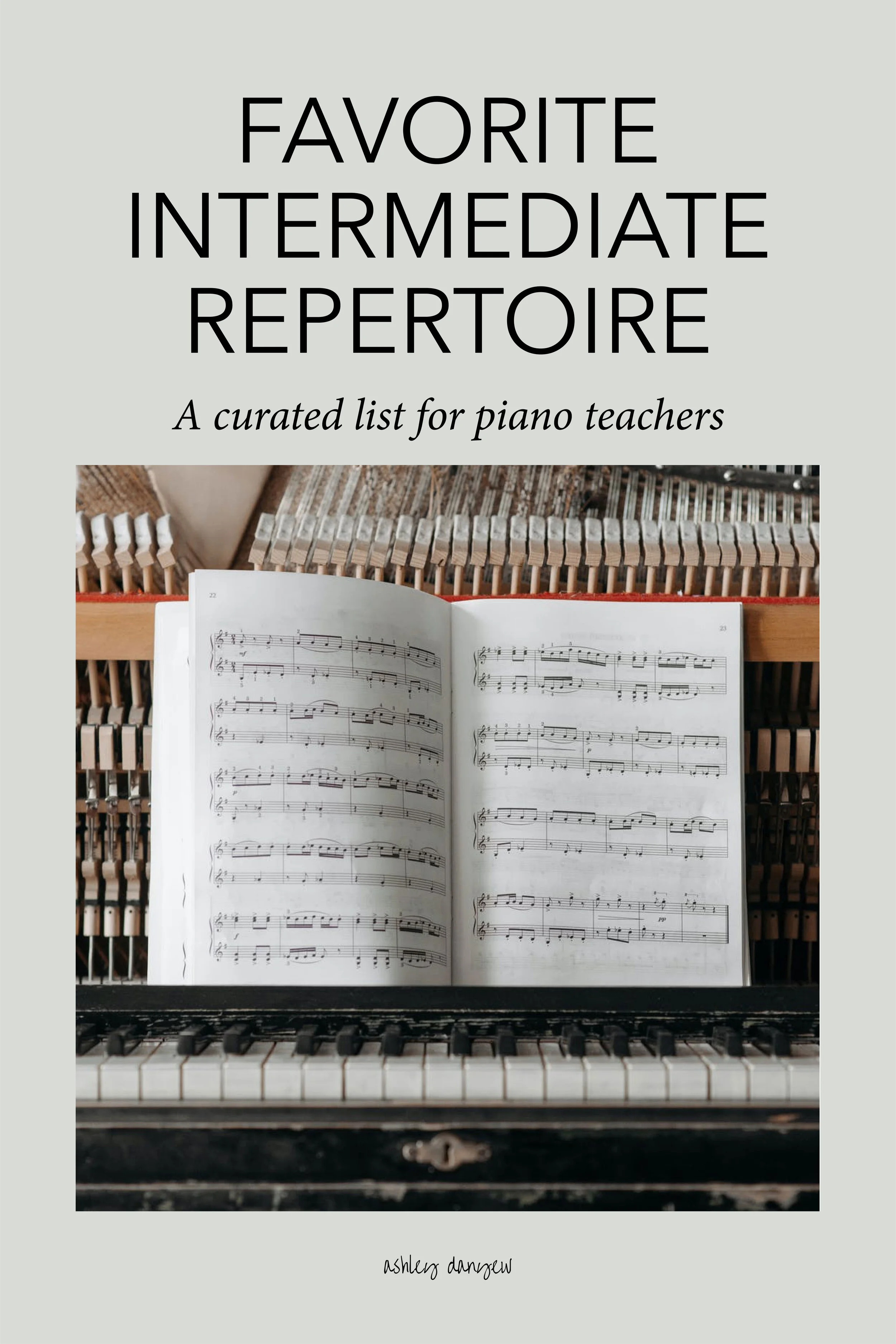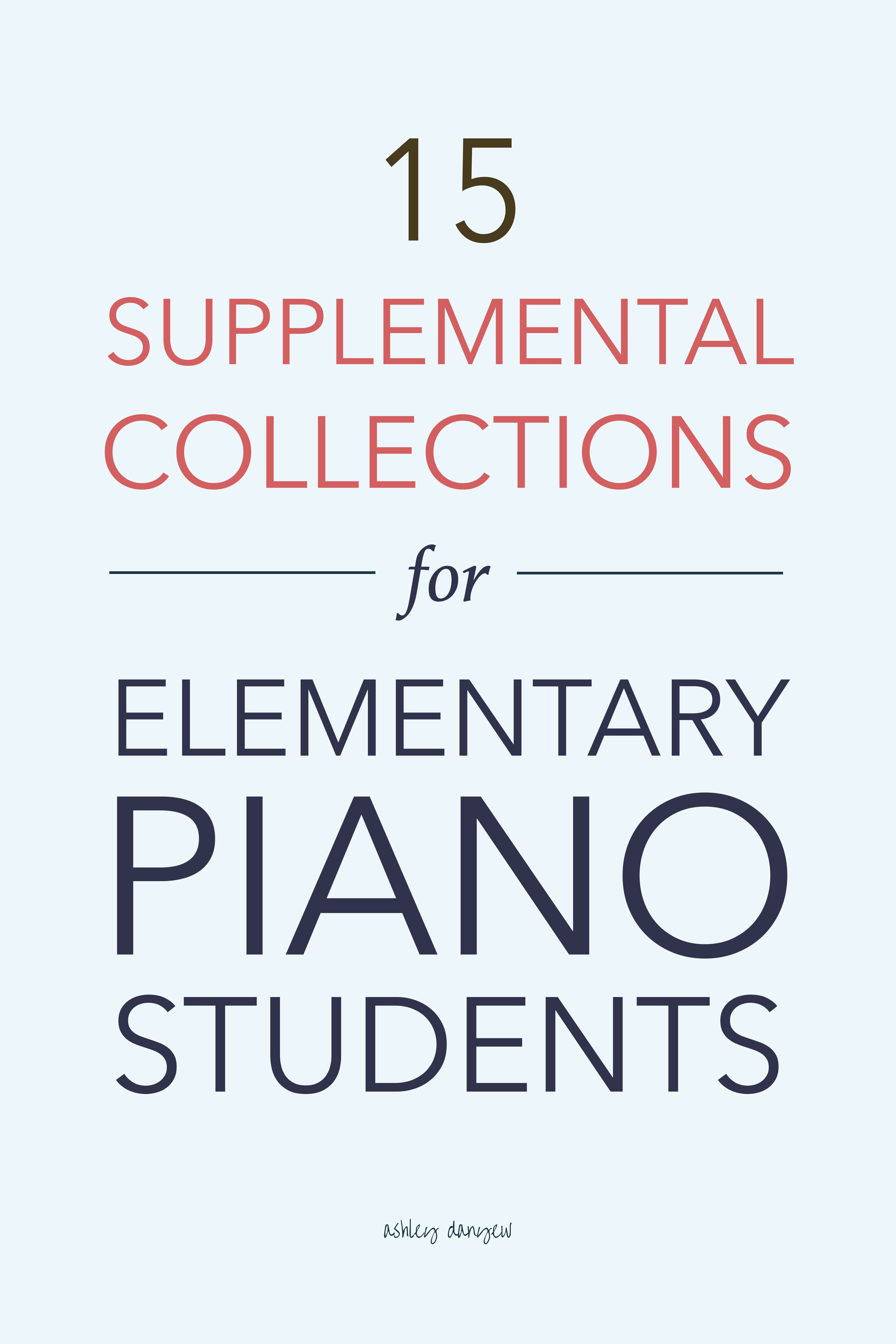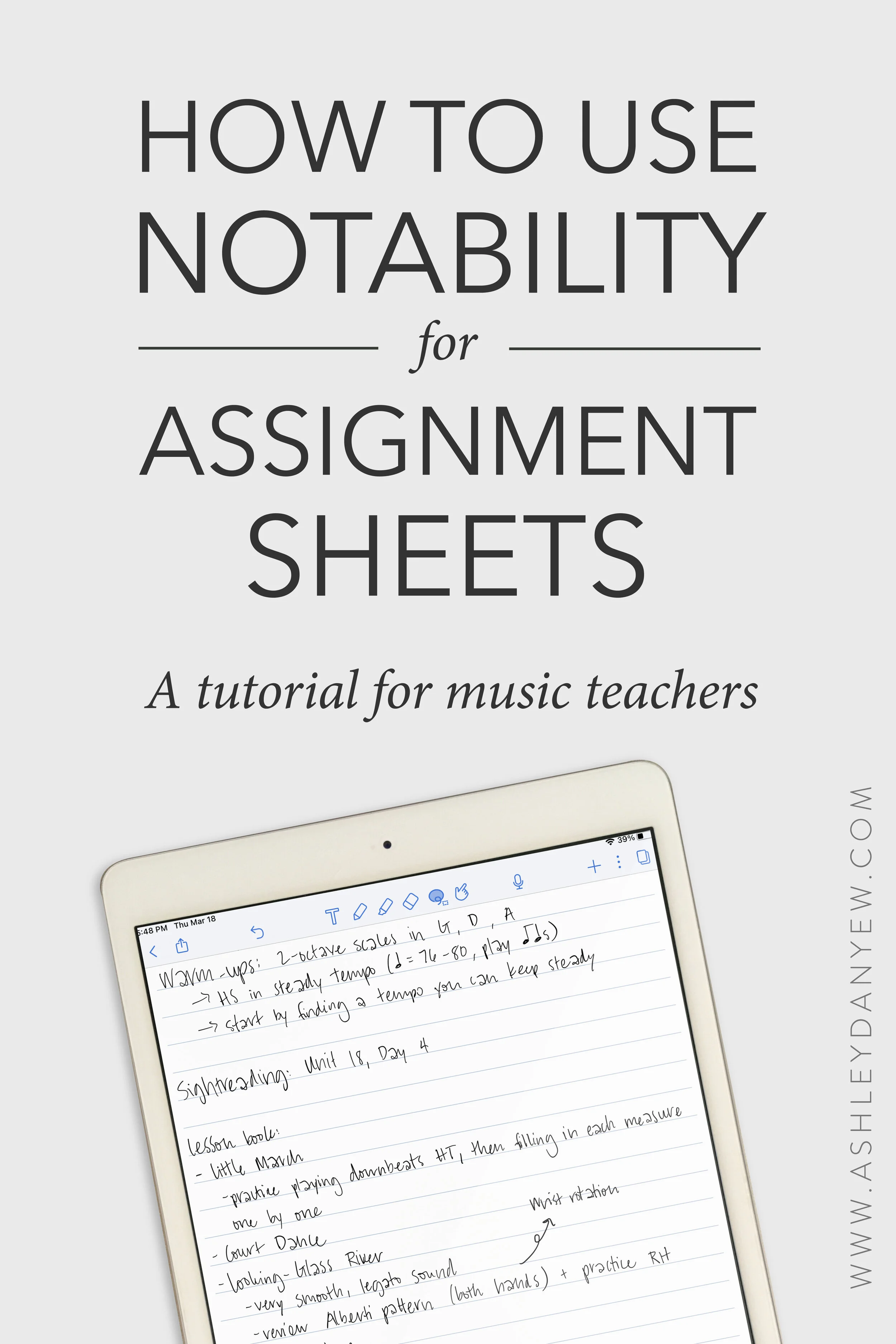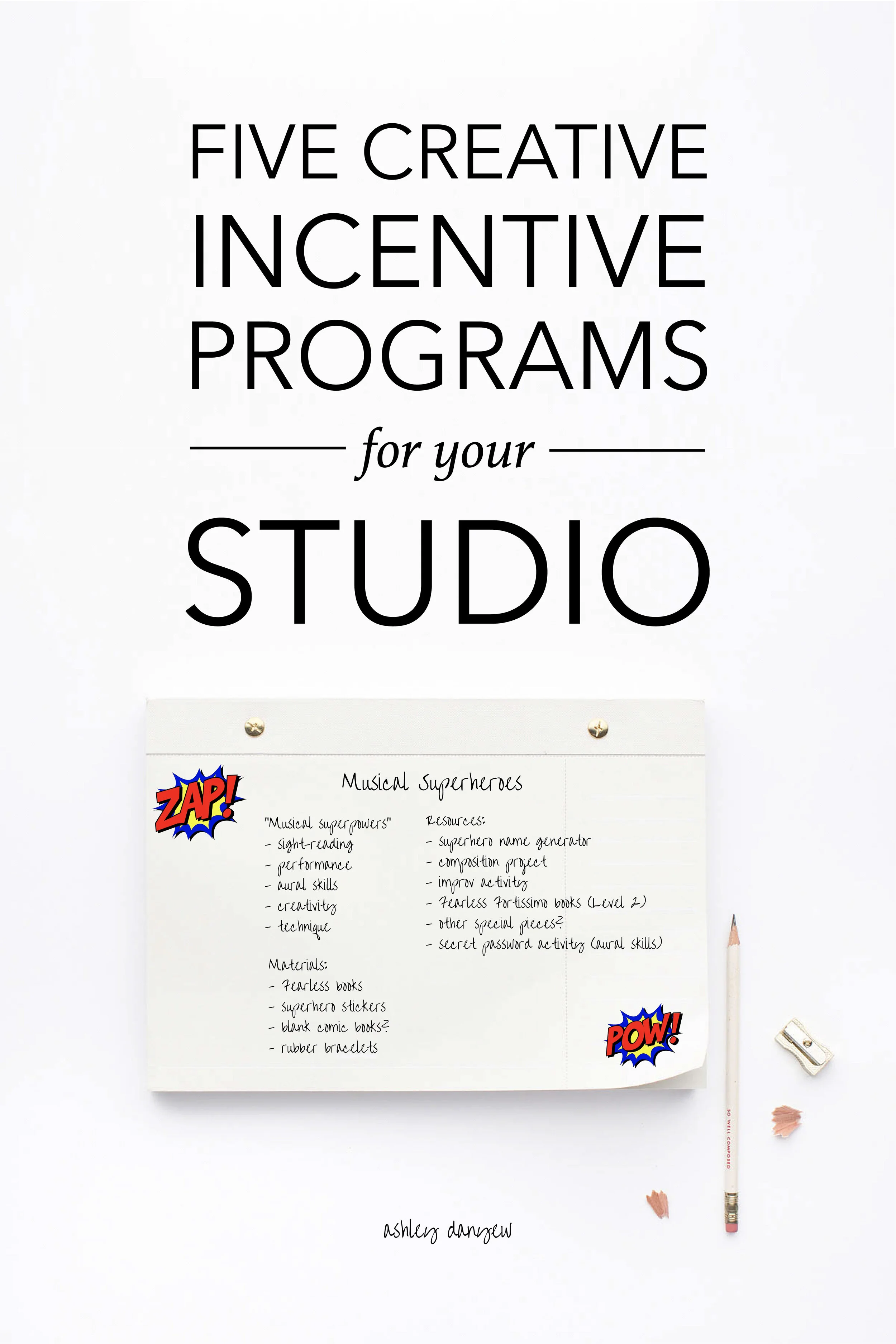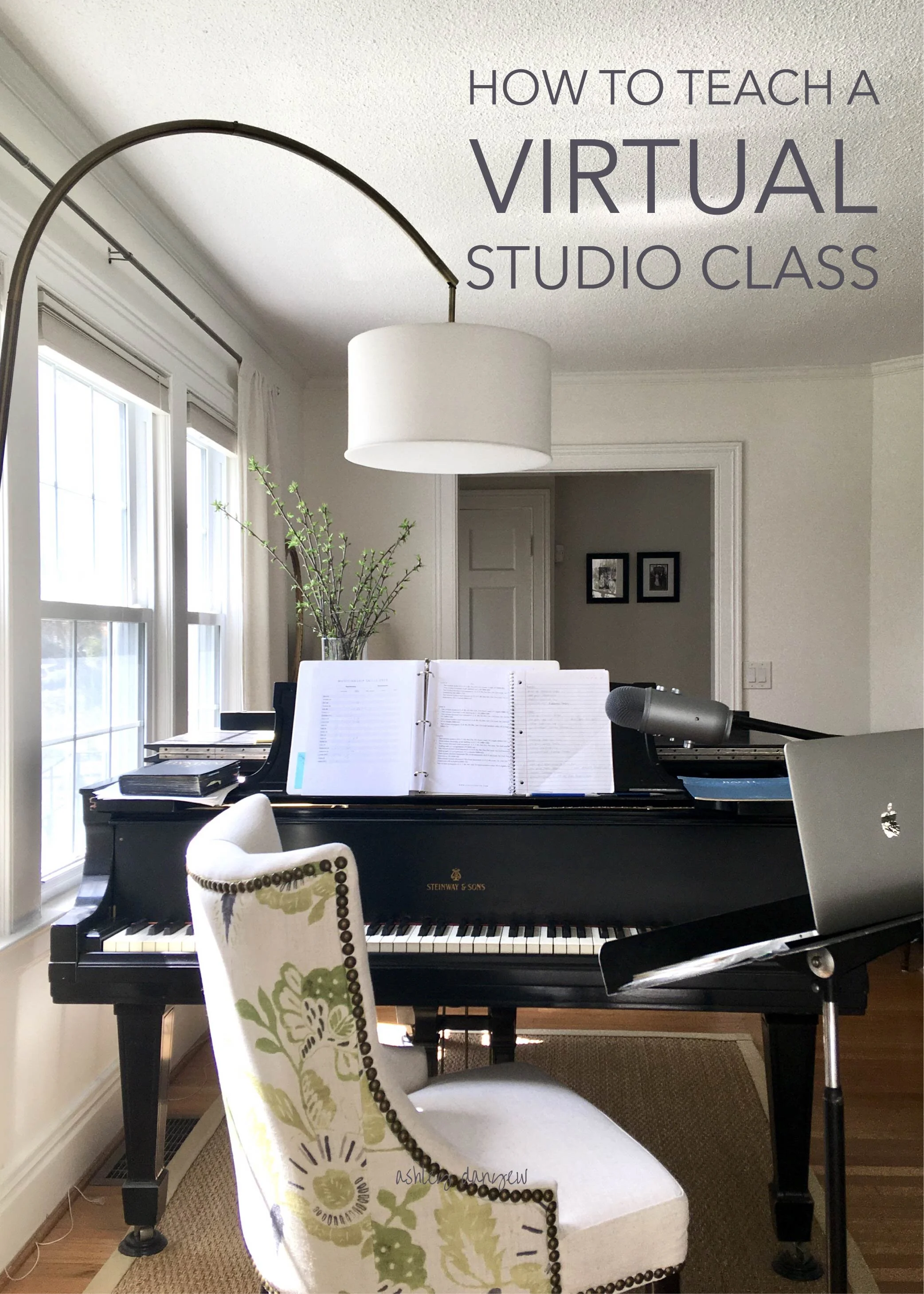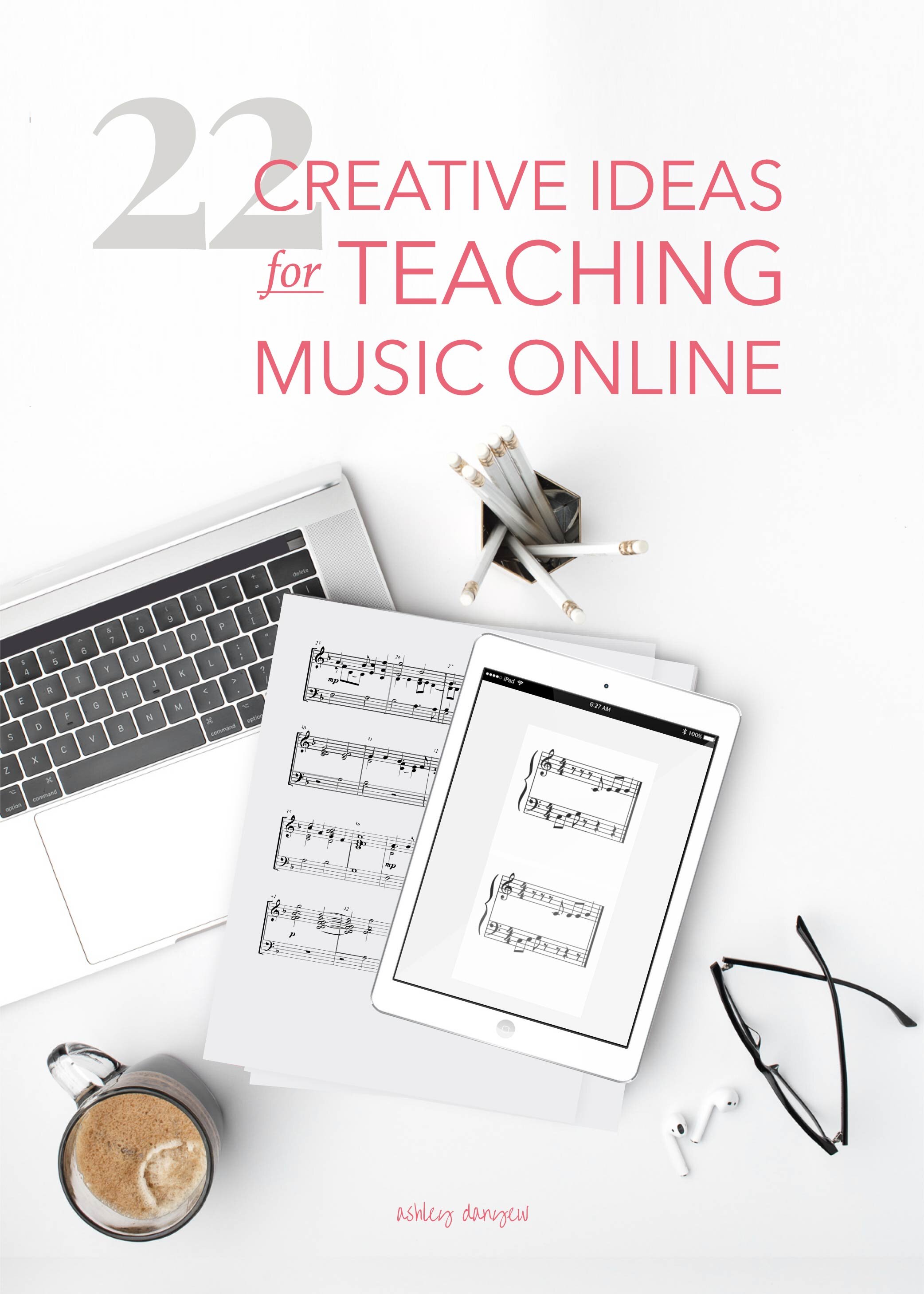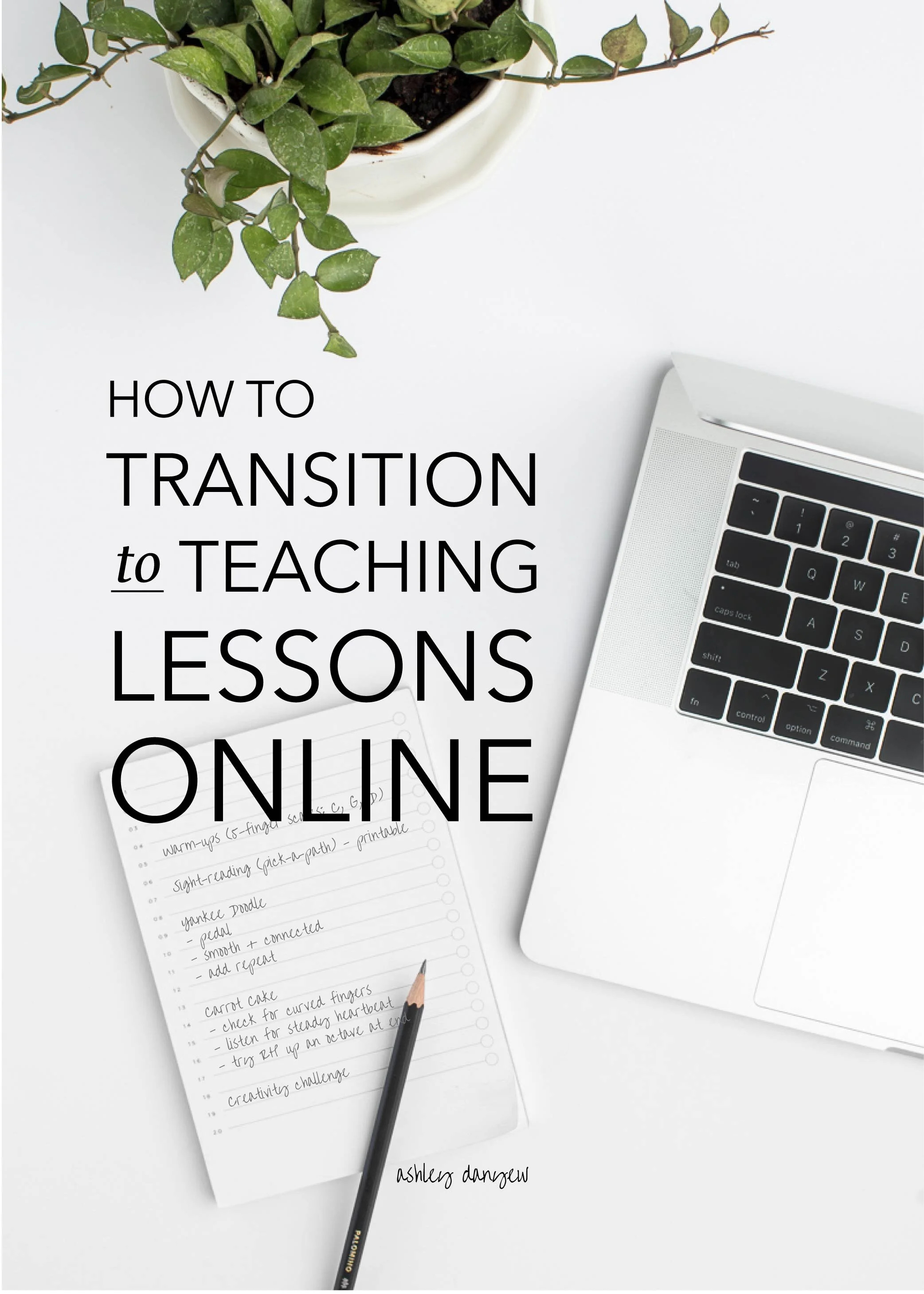Have you ever heard of the paper clip test? It measures creativity* by asking a simple question:
How many uses can you think of for a paper clip?
Most people can come up with a list of 10-15 things. How many things do you think a kindergartener could list? Around two hundred.
There is an infinite amount of potential for teaching and learning with this level of creativity. The question is, how can we as teachers create opportunities for divergent thinking and foster creativity in our students?
Here are a few ideas:
5 Ways to Foster Creativity in Your Piano Students
1. Find ways to incorporate creative movement.
Introduce a new rhythm pattern (preparation for a new song, perhaps) and ask the student to create a corresponding movement. I had a student last week suggest elbows and fist pumps. I kid you not.
2. Use different voices to speak rhythm patterns.
Sometimes, rhythm syllables and neutral syllables get old. Some other creative ideas include: opera star, baby, howling dog, barking dog, cow, etc.
3. Improvise.
Build in time for an in-lesson improvisation, based on something familiar to the student.
For instance, I had a student last week who had just gotten back from Zoo Camp. Naturally, I asked him to improvise a song about the animals at the zoo. He chose to include: lions, a tiger, a gazelle, a crocodile, a blue jay, and a mouse. (I know because he added in narration along the way.)
4. Respond to the moment.
This is a creative challenge for teachers - what do you with a wiggly five-year-old at the end of their lesson when you're just trying to get through "In a Canoe" and they just want to experiment?
You propose a "murky water" improv section (setting the scene for the canoe) + patterns from the song. And you go with it.
5. Give a weekly creativity challenge.
I add this to the bottom of the student's assignment sheet. I usually provide a few simple parameters (i.e. use only black keys or only short sounds) and/or a theme or point of inspiration.
Here’s an example for a kindergarten student:
“Create a song about cars and trucks. What do they sound like? Are they driving or stuck in traffic? Be sure to give your improvisation or composition a name!”
Related post: 40 Ideas to Inspire Creativity in Your Piano Students













